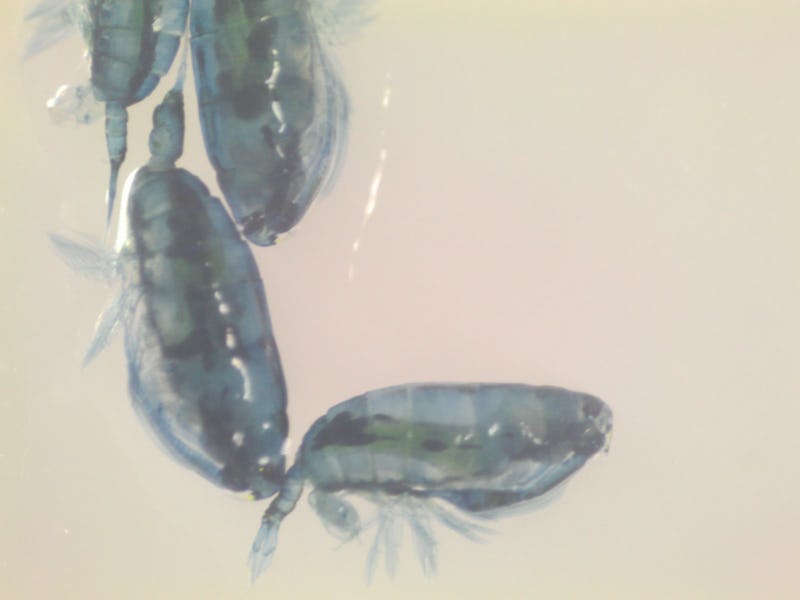The Sea Has a 'Skin' We Can Use to Fight Climate Change
It's all about how fast carbon dioxide is moving.

The President-elect of the United States, Donald Trump, has many climate watchers nervous. This is, after all, the man who proclaims the idea of global warming to be a scam perpetuated by the Chinese — the same China that might likely overtake us as a leader in climate change efforts — and may even kill the hard-fought Paris climate change deal.
But in a potential bright moment, there’s hope. Schmidt Ocean Institute’s research vessel Falkor just concluded a month-long voyage to better understand global warming patterns via study of a little-discussed indicator: the sea-surface microlayer, which they sampled from 17 different locations off the Australian coast and around the southwestern Pacific.
You’ve never noticed this layer for the simple reason that it’s less than a tenth of a millimeter thick, about the same thickness as a single strand of human hair, protecting the ocean the way, well, skin does. This “skin” develops at the surface of the ocean (as well as on lakes and ponds) where organic compounds come into contact with the atmosphere. It affects how quickly gasses can exchange between the atmosphere and the ocean. Since calculating the speed at which carbon dioxide exchanges is a critical component of atmospheric models, the resulting data here should help scientists model the future climate with increased accuracy.
“Why would that matter?” asked William Landing, one of the project’s head scientists, to Inverse by phone. “Because carbon dioxide, which we’re dumping into the atmosphere at a huge rate, a third of that is going into the ocean. If we want to predict the future climate, we have to know really as best we can how fast carbon dioxide is moving.”
The Falkor, looking rather majestic as it does what it can to save us from ourselves.
As organic compounds accumulate in the layer, the rate of carbon dioxide exchange between air and sea slows down. So if the sea is calm, the surface will have a nice, well-developed microlayer; when the sea is rough and windy, the layer will break down. Satellites, which are used to track weather and climate in a myriad of ways, can monitor phytoplankton activity and the development of the microlayer — and maybe even changes in the rate of gas exchange.
“Linking the phytoplankton productivity with gas exchange rates via organic compounds in the microlayer — it hasn’t been done yet, but that’s the goal,” Landing said. “It would be a huge step forward. One satellite tells us how windy and rough the surface is, another tells us where the phytoplankton are. We use satellites already to do this, but there’s a step that’s missing, and this is how the microlayer affects it — that’s a major effect here, that when the layer is well developed the gas exchange is slower.”
Falkor has been doing excellent work on a series of projects already this year. Now that the microlayer project has wrapped up, the ship will head toward the Mariana Back-Arc to facilitate a new team’s study a trio of hydrothermal vents, a mission that could help us better grasp how bacteria survive in extremely hostile environments — knowledge that can be extrapolated onto our search for alien life.